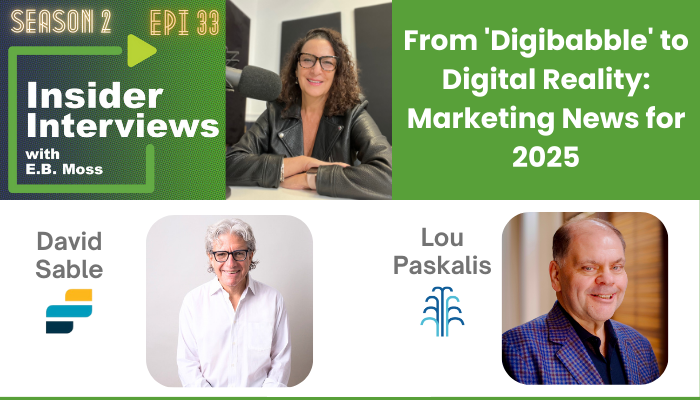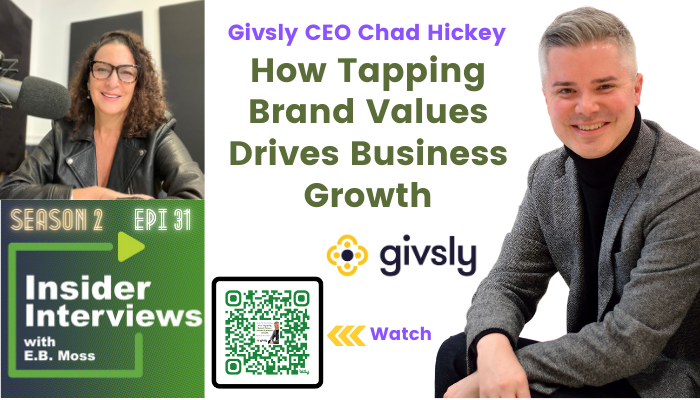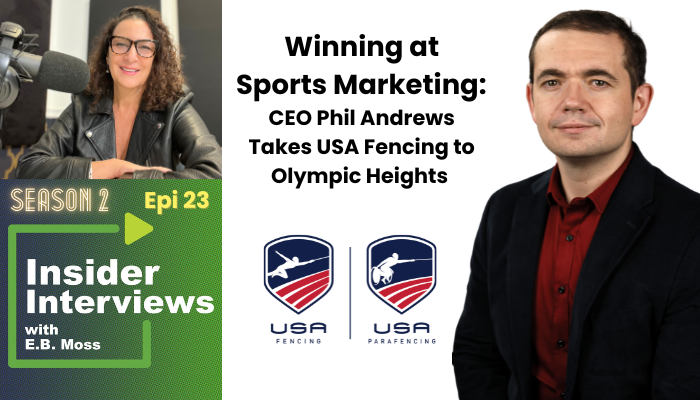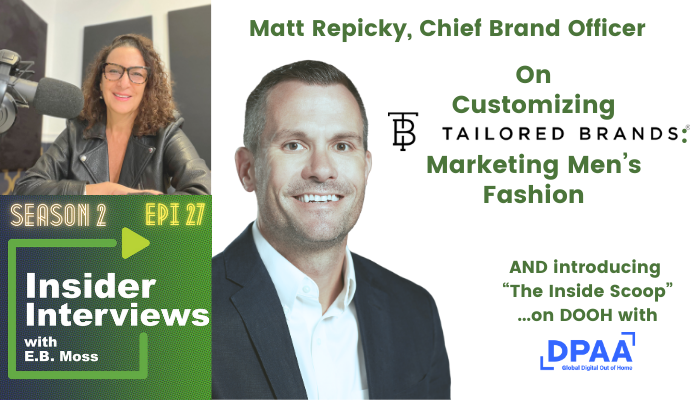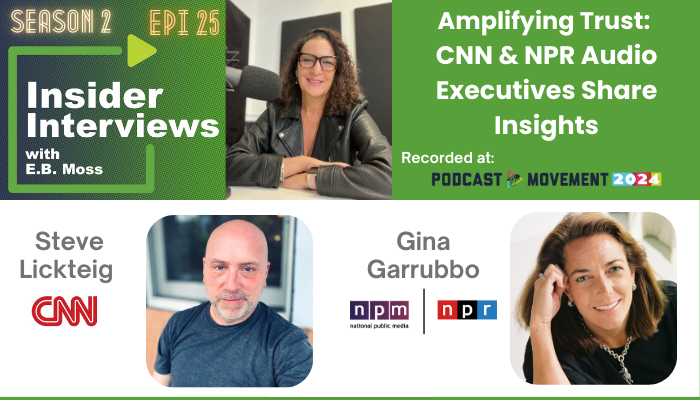From ‘Digibabble’ to Digital Reality: Sable & Paskalis on Marketing News for 2025
Podcast: Play in new window | Download () | Embed
Subscribe or Follow Spotify | Android | Pandora | iHeartRadio | TuneIn | Deezer | RSS | More
For my 2025 kickoff of Insider Interviews marketing luminaries Lou Paskalis and David Sable joined me for one of the most candid conversations on the media and ad world for an incredibly candid conversation on the media and ad world that cuts through what David famously coined as “digibabble” years ago. We moved from their […]

